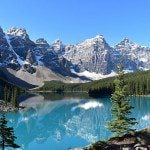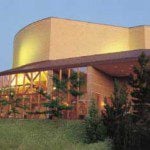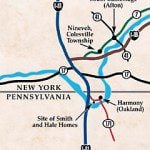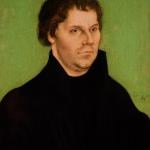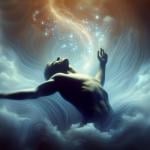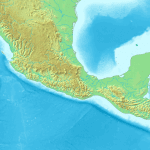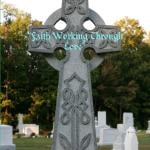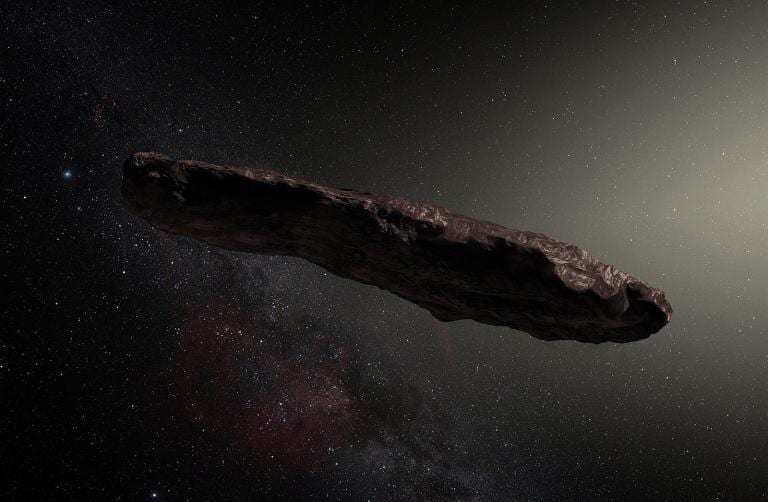
This passage in David Jewitt and Amaya Moro-Martín, “Everything Scientists Know So Far about the First Interstellar Objects Ever Detected: Strange bodies from beyond the solar system have defied predictions,” Scientific American 323/4 (October 2020): 42-49, caught my attention. For one thing, it tacitly acknowledges that the origin of life on earth remains an unsolved mystery. But we should note that the idea of panspermia, or even of directed panspermia, doesn’t ultimately answer the question of how life arose at all; it simply kicks the can further down the road:
Scientists estimate that over the eons several billion tons of interstellar material must have crashed into Earth.
Could these impacts have delivered life to our planet? The modern scientific notion of panspermia dates back to the 19th century. Surprisingly, asteroids and comets might be good protectors of fragile cellular life. Damaging cosmic rays, capable of breaking DNA, penetrate only a few meters into solid material, so living cells buried inside rocks might survive interstellar journeys lasting millions or even hundreds of millions of years. At near-zero interstellar temperatures, any cells would be in suspended animation. They would need to withstand the shock of planetary impact, but this might not be as problematic as it sounds. Experiments have already shown that earthly bacteria can survive impacts at cosmic speed. Although there is no evidence that life spreads through the galaxy while riding in the bellies of asteroids and comets, given our present state of ignorance we must acknowledge that this possibility remains. (49)
***
Unfortunately, this Facebook post from a Latter-day Saint friend here in Utah also caught my attention:
He closes his note with a link to a recent talk by President Dallin H. Oaks, who currently serves as first counselor in the First Presidency of the Church of Jesus Christ of Latter-day Saints:
I’m deeply concerned about what is happening to our social fabric, which, it seems to me, is at serious risk of being torn apart. Consider these items, for example:
Babylon Bee: “Study Finds Connection Between Wearing A Mask And Being A Big Sissy”
Boston.com: “Doctors condemn conspiracy theory pushed by Trump that COVID-19 deaths are over-counted by hospitals”
Deseret News (Salt Lake City): “Anti-mask protesters target state epidemiologist Dr. Angela Dunn”
KUTV (Salt Lake City): “Who is organizing the protests at Utah health officials’ homes?”
KSL (Salt Lake City): “Utah governor, neighbors, others criticize protests at home of state epidemiologist Dr. Angela Dunn”
Daily Herald (Provo, Utah): “Utah Medical Association condemns protests at state officials’ homes”
Daily Mail: “Dr. Fauci, 79, and his wife flanked by body guards while out walking after he receives death threats”
“Dr. Fauci said it bothers him ‘less than the hassling’ of his wife, Dr. Christine Grady, and their three adult daughters”
CBS News: “Store security guard stabbed 27 times after asking sisters to wear masks”
Axios: “Pro-Trump vehicles tried to run Biden campaign bus “off the road,” witnesses say”
Independent: “US election: Biden event in Texas cancelled as ‘armed’ Trump supporters threaten campaign bus”
Daily Herald (Provo, Utah): “Utah County businesses prepare for civil unrest as Election Day closes in”
Communities are fragile things, and it seems that some in our neighborhoods have decided that they don’t particularly care about maintaining civil society. But maintaining peace and civility is, in almost all circumstances, far more important than this or that political dispute. And please understand that I say this as someone who did not vote for Joe Biden and as someone who recognizes that extremist intolerance (and occasional violence) exists not only on the political right (where I actually consider myself to stand, and where certain others noisily claim to stand) but, very much, on the political left.
***
Well, how about closing with something more positive:

Photo by G. M. Hatfield, Wikimedia CC
Yesterday, driving down to St. George, we took a few minutes to exit I-15 and drive to the east for a look at Kolob Canyons, or (I guess more properly) Kolob Fingers, a relatively little-known sector of Zion National Park. We couldn’t resist, since the time and the lighting were absolutely perfect as the sun was beginning to set to the west.
I suspect that most people hurtling along the Interstate have little or no idea of the glory that is just a few minutes away, concealed by some intervening ridges. If you find yourself driving along the stretch between Cedar City and St. George and you have any time at all while it’s light, go over and have a look. Especially if you’ve never done so before.
Posted from St. George, Utah



